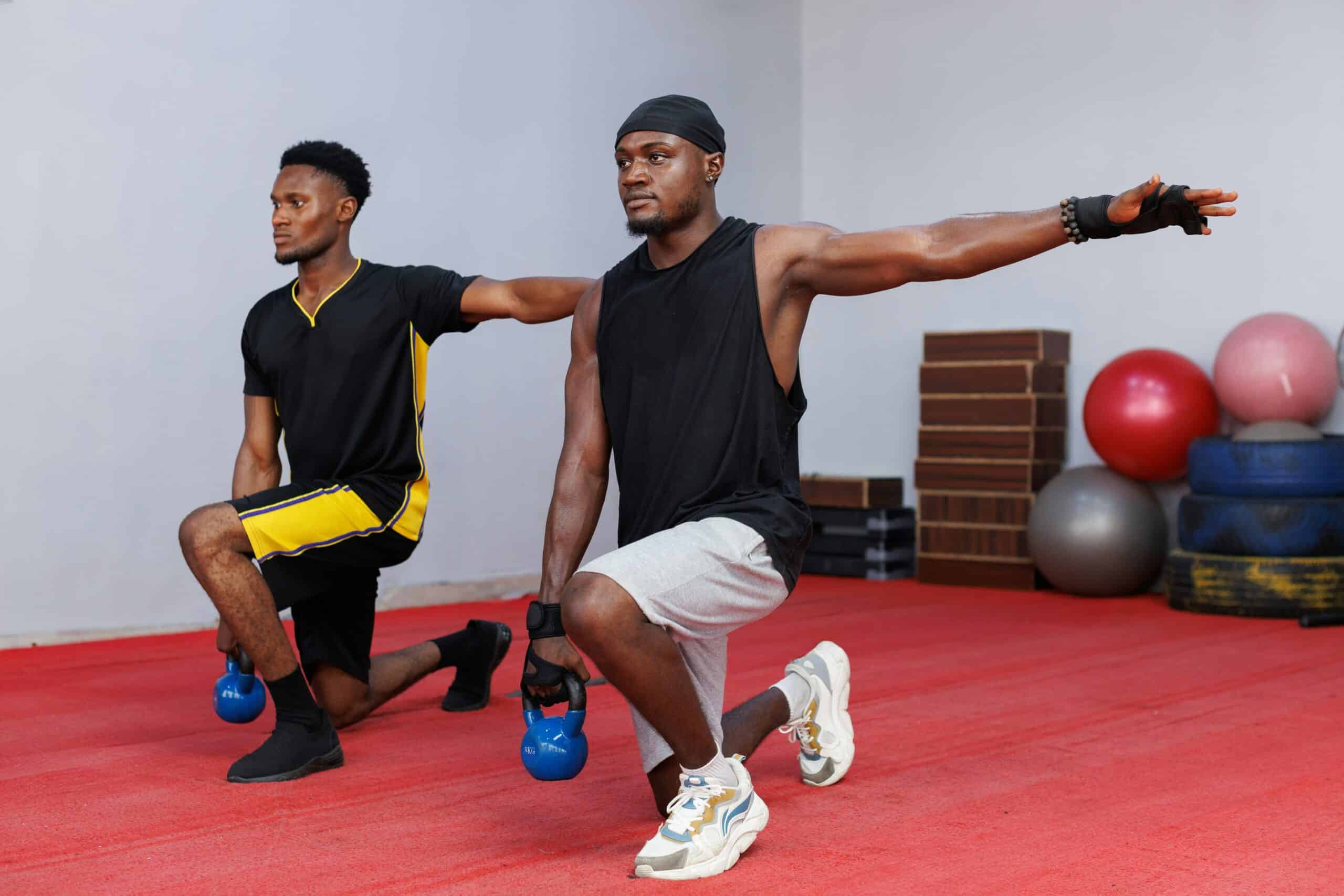
The Science Behind High-Intensity Interval Training (HIIT)
High-Intensity Interval Training (HIIT) has taken the fitness world by storm, offering a time-efficient and effective way to enhance physical health. But what exactly makes HIIT so impactful? Let’s delve into the science behind this popular workout regimen.
Understanding High-Intensity Interval Training
HIIT involves short bursts of intense exercise followed by brief recovery periods. This workout style is designed to maximize calorie burn and boost cardiovascular health in a minimal amount of time. A typical HIIT session might include alternating between sprinting and walking or cycling at varying intensities.
The Science Behind HIIT
Research indicates that HIIT can significantly improve aerobic and anaerobic fitness, blood pressure, cardiovascular health, and insulin sensitivity. A study published in the Journal of Physiology found that just two weeks of HIIT can improve your aerobic capacity as much as six to eight weeks of endurance training.
Dr. Michael Joyner, a physiologist at the Mayo Clinic, notes, “HIIT offers a unique blend of aerobic and resistance training benefits, making it a comprehensive workout option.”
Benefits of HIIT
| Benefit | Description |
|---|---|
| Time Efficiency | Provides effective workout results in less time compared to traditional routines. |
| Increased Metabolism | Enhances calorie burn even after the workout is completed. |
| Improved Cardiovascular Health | Boosts heart health by improving blood pressure and circulation. |
| Muscle Building | Encourages lean muscle growth due to high-intensity efforts. |
| Fat Loss | Promotes efficient fat burning and weight loss. |
| Flexibility | Can be adjusted to suit different fitness levels and preferences. |
| Convenience | Requires minimal equipment and can be done anywhere. |
| Endurance | Enhances both aerobic and anaerobic endurance. |
Actionable Tips for Effective HIIT
- Start Slow: If you’re new to HIIT, begin with 1-2 sessions per week and gradually increase as your endurance builds.
- Warm Up: Always start with a 5-10 minute warm-up to prepare your body for the intense bursts of activity.
- Focus on Form: Proper technique is crucial to minimize injury risk and maximize workout benefits.
- Rest Adequately: Ensure you have sufficient recovery time between sessions to allow your body to repair and grow stronger.
Consider mixing HIIT with other forms of exercise, like yoga or strength training, to create a balanced fitness routine.
Frequently Asked Questions
Is HIIT suitable for beginners?
Yes, HIIT can be tailored to suit all fitness levels, including beginners. Start with lower intensity intervals and gradually increase as your fitness improves.
How often should I perform HIIT?
For most individuals, 2-3 sessions per week are sufficient to see benefits. It’s important to balance HIIT with other types of exercise to avoid overtraining.
Can HIIT replace traditional cardio?
While HIIT offers numerous benefits, including enhanced cardiovascular health, it’s beneficial to include a variety of cardio exercises in your routine for a well-rounded fitness plan.
Conclusion
HIIT is a powerful workout method that combines efficiency with effectiveness, making it a popular choice for those looking to improve their fitness levels without spending hours in the gym. By understanding the science behind HIIT and incorporating it wisely into your routine, you can reap the benefits of improved health and endurance. So, lace up your sneakers and give HIIT a try!


